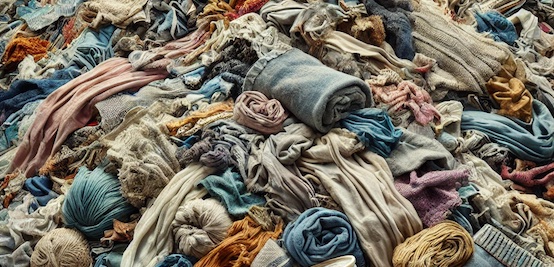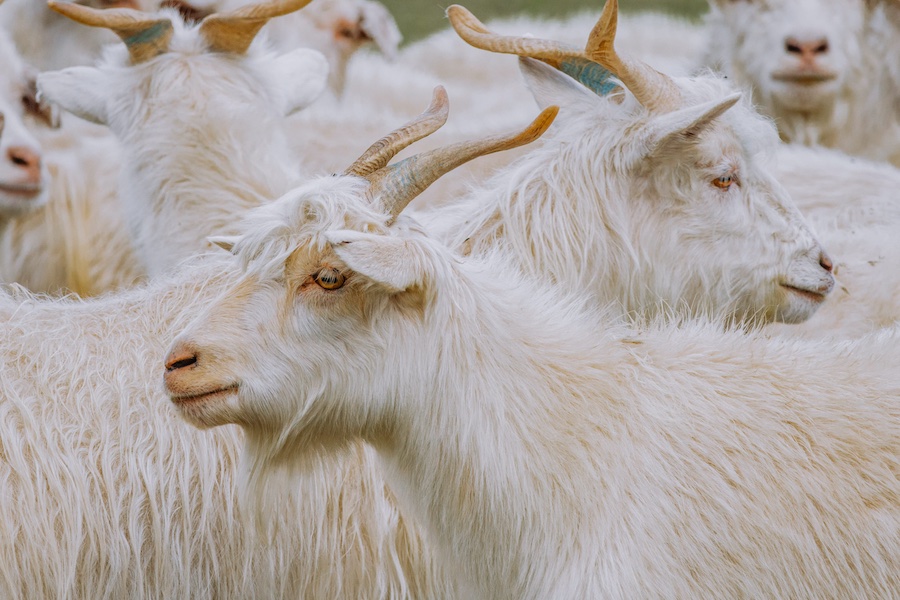#India ITME 2016
Country Focus: India
Now let’s take a look at the economy. India is classified as a newly industrialised country, one of the G-20 major economies, and a member of BRICS, the association of five major emerging national economies. In the 2015 GDP rankings for all member states of the World Bank, India is in 7th place with 2,073,543 million USD and contributing 2.8 percent of global economic output, just ahead of Italy and just behind France. The country’s per capita GDP in 2015 was 6,187 USD according to IMF figures. Here, India lies in 122nd place of 185 countries in IMF statistics, behind Cape Verde and ahead of Nigeria.
GDP Growth Rate in India averaged around 6 percent in the last two decades, reaching an all time high of 10.26 percent in 2010. According to information from the World Bank, India had growth rates of 6.6% in 2011, 5.6% in 2012 and 6.6% in 2013. In 2014 this rose to 7.2%, in 2015 to 7.6% and about 7.6% is also expected for 2016. This means for the first time since 1990 India grew faster than China which registered 6.9% growth in 2015. In the latest South Asia Economic Focus from October 2016 the World Bank reported that “given its weight in the region, India sets the pace for South Asia as a whole. Its economic activity is expected to accelerate to 7.7 percent in 2017, after maintaining a solid 7.6 percent in 2016. This performance is based on solid growth contributions from consumption – boosted by normal monsoon and civil service pay revisions. Over the medium term, accelerated infrastructure spending and a better investment climate may help increase private investment and exports.”
India's two major stock exchanges, Bombay Stock Exchange and National Stock Exchange of India, had a market capitalisation of US$1.71 trillion and US$1.68 trillion respectively as of Feb 2015, which ranks 11th & 12 largest in the world respectively according to the World Federation of Exchanges.
According to World Trade Organization data, India was on the 19th place on the list of exporting countries for merchandise in the world in 2015 with a share in world total exports of 1.62 percent. The WTO reports that in 2015 India exported goods worth a total of 267,147 million USD (-17%), compared with imports worth 391,977 million USD (-15%), thus generating a trade deficit of 124,830 million USD. India’s most important trading partner is the EU(28) which accounts for 16.9% of exports and 11.2% of imports, followed by the USA with 15.2% of exports. Other important export markets for Indian products are United Arab Emirates (11.3%) and Hong Kong China (4.6 %). Other major suppliers of imports to India are China (15.8%), Saudi Arabia (5.5%) and Switzerland (5.4%). Major exports include petroleum products, textile goods, jewellery, software, engineering goods, chemicals, and leather manufactures. Major imports include crude oil, machinery, gems, fertiliser, and chemicals.
India has classified and tracked its economy as three sectors — agriculture, industry and services. Agriculture and allied sectors like forestry, logging and fishing accounted for 17% of the GDP and employed 49% of the total workforce in 2014. Major agricultural products include rice, wheat, oilseed, cotton, jute, tea, sugarcane, and potatoes. Largest share in the GDP has the services sector accounting for 57% in 2012, up from 15% in 1950. Industry accounts for 26% of GDP and employs 22% of the total workforce. The 487.3-million worker Indian labour force is the world's second-largest, as of 2013.
And this brings us to the textile industry. According to the WTO statistics textile exports of India were valued at 15348 million US$ in 2012, 17417 million US$ in 2013 (+13.4%), 18339 million US$ in 2014 (5.3 %) and 17289 million US$ in 2015 (-5.7 %). Clothing exports were worth 13928 million US$ in 2012, 15542million US$ (+11.6 %) in 2013, 17742million US$ (+14.2 %) in 2014 and 18254 million US$ (+2.9 %) in 2015. Between 2011 and 2015 clothing exports added 25% which is a considerable jump. Both sectors together contribute to more than 19.6 % of India’ s manufacturing exports, 13.3% of total merchandise exports and also 1.7% of the Gross National Product of the country. In 2015 India’s textile exports makes up 6.0% of the world textile exports. And Clothing exports in the same year makes up 4.0% (18254 / 453894 million US$).
The textile industry as a whole contributes about 4 per cent to the country's GDP and 14 per cent of the industrial production. India's textile industry has transformed from a declining sector to a rapidly developing one in recent years. During the period from 2004 to 2008, total investment into textile sector increased by 27 billion dollars. Ludhiana produces 90% of woollens in India and is known as the Manchester of India. Tirupur has gained universal recognition as the leading source of hosiery, knitted garments, casual wear and sportswear. Expanding textile centres such as Ichalkaranji enjoy one of the highest per capita incomes in the country. India's cotton farms, fibre and textile industry provides employment to 45 million people in India.

As many other countries India has a Ministry of Textiles. It is responsible for the formulation of policy, planning, development, export promotion and regulation of the textile industry in India. The Ministry has the vision to build state of the art production capacities and achieve a pre-eminent global standing in manufacture and export of all types of textiles including technical textiles, jute, silk, cotton and wool and develop a vibrant handlooms and handicrafts sector for sustainable economic development and promoting and preserving the age old cultural heritage in these sectors. In July 2016 Smt. Smriti Zubin Irani took over as the new Union Textiles Minister. Speaking on the occasion, the new Minister thanked the Honourable Prime Minister Shri Narendra Modi for placing her in charge of a sector that employs the largest number of people, next only to agriculture. She said that the sector has a lot of unrealized potential in terms of skilling and employment, and that it can play a very important role in scaling up the ‘Make In India’ vision of the Prime Minister.
The Make in India initiative was launched by the Indian Prime Minister in September 2014 as part of a wider set of nation-building initiatives. The plan is that ‘it had to (a) inspire confidence in India’s capabilities amongst potential partners abroad, the Indian business community and citizens at large; (b) provide a framework for a vast amount of technical information on 25 industry sectors; and (c) reach out to a vast local and global audience via social media and constantly keep them updated about opportunities, reforms, etc.’
A workshop titled “Make in India – Sectorial perspective & initiatives” was conducted on 29th December, 2014 under which an action plan for 1 year and 3 years has been prepared to boost investments in 25 sectors. Textiles and Garments is oneof the sectors of the Make in India initiative. The corresponding website makeinindia.com lists some facts about the current situation in textiles and garments. India is the second largest textile fibre producer in the world and the largest cotton and jute producer in the world. In the 2015-16 season nine million tonnes of fibre have been produced. Furthermore India has the second largest textile manufacturing capacity globally and accounts for 18% of world's spindles and 9% of world's rotor.
If you want to read the full Story, please register for our TexData Magazine.
It 's free of any cost.
http://www.texdata.com/39.subscribe-for-free-texdata-magazine.html













